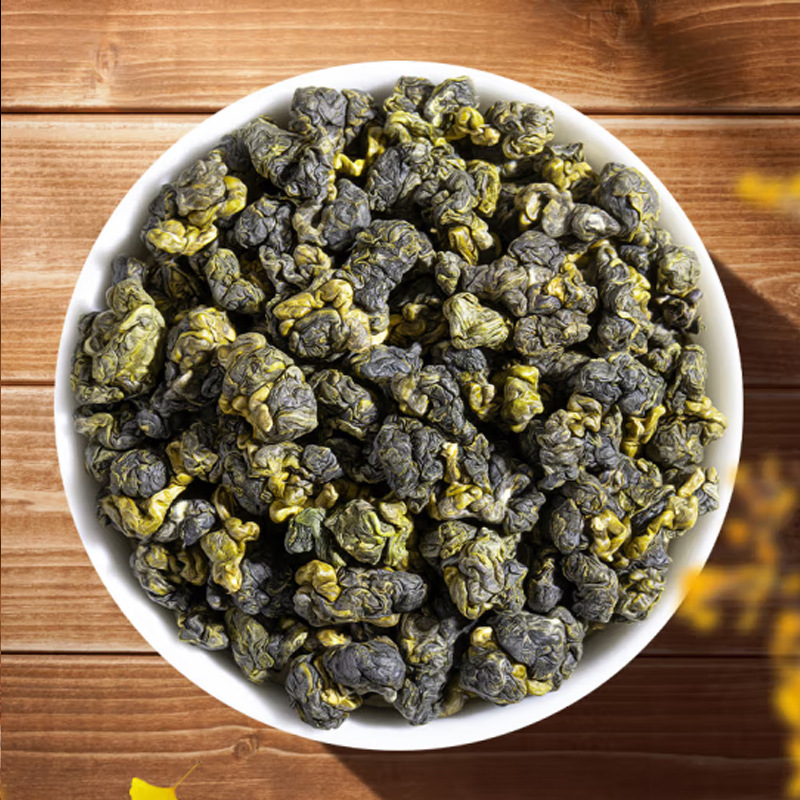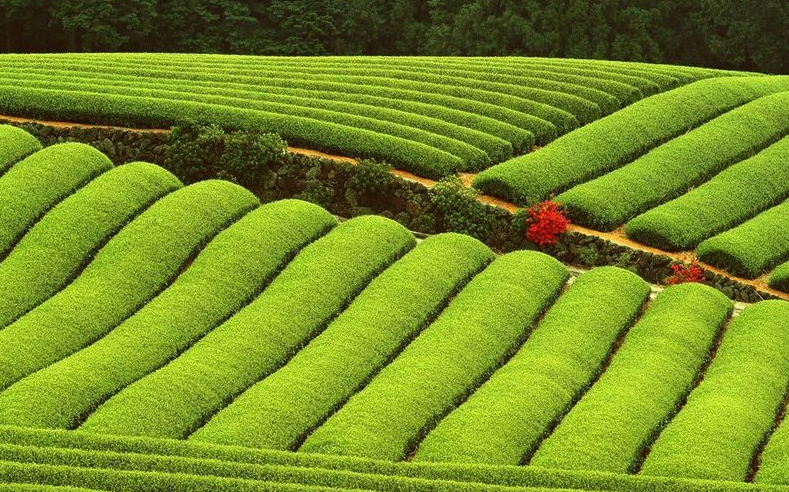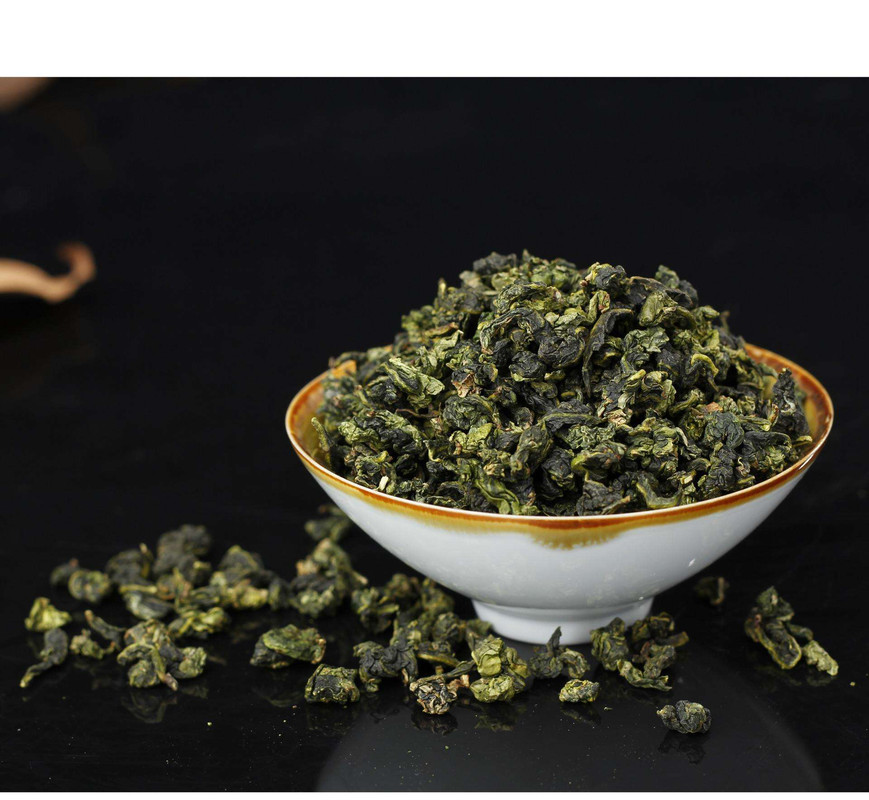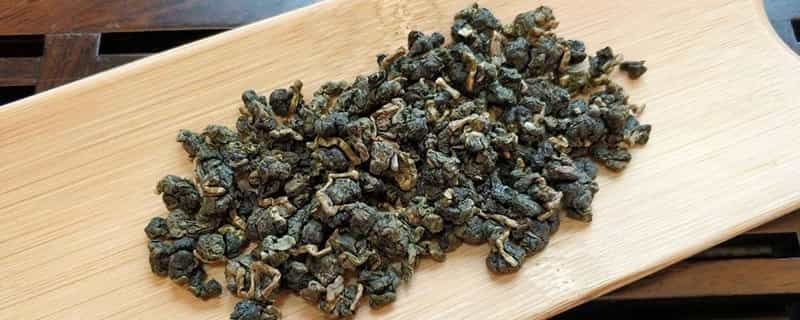Oolong tea, a semi-oxidized tea originating from China, holds significant economic value across global markets. Renowned for its complex flavors and health benefits, it drives revenue for producers, supports rural economies, and fosters cultural tourism.

1. Market Demand & Global Trade
Oolong tea commands premium prices due to its unique processing methods and regional exclusivity. China and Taiwan dominate production, with varieties like Tie Guan Yin and High Mountain Oolong fetching high prices internationally. Global demand, particularly in North America and Europe, continues to rise, driven by health trends and growing tea culture. In 2022, China’s oolong exports exceeded $1.5 billion, highlighting its role as a lucrative agricultural export.
2. Employment & Rural Development
The oolong industry supports millions of farmers, processors, and retailers in Asia. Tea plantations often thrive in mountainous regions, providing sustainable livelihoods and reducing rural poverty. For instance, Taiwan’s Alishan region leverages oolong tourism, combining tea tasting with scenic landscapes to boost local economies.
3. Health & Wellness Premium
Scientific studies linking oolong tea to weight management, antioxidants, and reduced chronic disease risks enhance its market appeal. This “health halo” allows producers to position oolong as a premium product, increasing profit margins. Wellness brands and cafes now feature oolong-based beverages, expanding its reach beyond traditional tea drinkers.
4. Cultural Heritage & Tourism
Oolong’s cultural significance—evident in Chinese and Taiwanese tea ceremonies—attracts tourists to origin regions. The Global Oolong Tea Culture Festival in Anxi, Fujian, draws over 100,000 visitors annually, stimulating hospitality and retail sectors. Such events preserve traditions while generating revenue through cultural exports.
Conclusion
From its role in international trade to its cultural and health-driven appeal, oolong tea is far more than a beverage—it’s a pillar of economic resilience and cultural identity. As global tastes evolve, its value is poised to grow, blending tradition with modern commerce.



